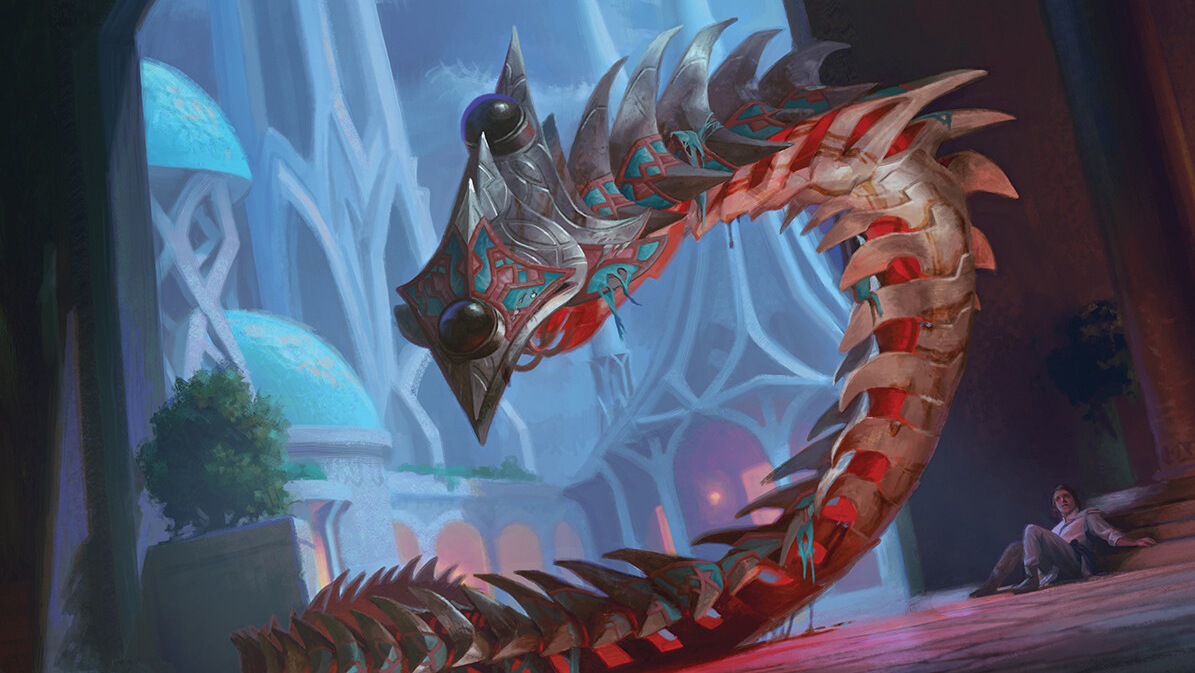
Instruction is the mode of writing and content creation that gives me the most satisfaction these days. Providing useful advice to aspiring competitive players (whether 60-card or cEDH) is a lane I feel comfortable in and so this “Report” will be in a lessons-learned/key-topics type format, not a chronological retelling of events format.
The Big Blunder
For nearly every moment of the 15 rounds of this pro-level event, I felt like I was playing my A-game. I was technically accurate (hitting all my Sheoldred triggers, for example), I wasn’t losing equity to the pace of play (never went to extra turns in any round), I was taking full advantage of open decklists, I was capturing expert-level-play equity (by doing the subtle things that represent a Make Disappear or that suggest I decided not to play a card that I didn’t have, for example), etc.
Then, in round 14, playing for the right to draw in round 15 and lock top 8, I made one small error that amounted to a blunder, and I gave my opponent Abe Corrigan a window to topdeck a removal spell and kill me, which is what happened. The play was this: I had been avoiding playing my 5th land since my 4 lands in play were 1 swamp and 3 nonbasics, and Abe’s graveyard contained a Transmogrant. At the start of my turn, I mentally mapped out a turn that included playing a Shivan Reef as the last thing I did, so that I’d have a mana to activate my Reflection of Kiki-Jiki and make an extra blocker. I played the turn as planned, but by the time that last step arrived, my brain executed the default algorithm for which land to play when tapped out with nothing to do and a summoning sick Reflection out – you just play your tapped Blackcleave Cliffs and pass. Of course, the Reflection didn’t have summoning sickness, so this was not the correct algorithm to run, and thus a blunder was made. I had one fewer blocker which meant I had to lose a creature, which snowballed into having to defend myself with only 1 creature on the final turn of the game. Abe topdecked Liliana, edicted me, and justice was served.
I was pretty disappointed with myself. I had essentially run a winning marathon and tripped with 25 feet to go before the finish line. I put a lot of prep into the event, I got almost all the results I wanted, and in one key moment, a simple lapse of concentration cost me the top 8.
Friends consoled me, “You can still draw into the PT invite.” But this was the last big Magic event I plan to play for the next several months…
A Life Update
I won’t be playing PT March of the Machine (or PT LOTR in Barcelona) because my wife and I are expecting our 2nd baby boy in May. This is the best and most joyous reason to not be able to play in events, but it does mean Magic will be playing only a very minor role in my life in the near term, as other priorities are emerging.
The impact on this tournament report is that it just made the blunder really hard to swallow. Looking forward and not back has always been a helpful tool to me, and knowing this was my last event for a while took away that tool and made it hard to find the perspective (which I now have just a day later) that 12th place is pretty good and mistakes are inevitable given the complexity of the game and the optimal pace of play.
With even 24 hours to process, the life event itself provides the needed perspective. There are more important things to worry about and it’s time to focus on those things.
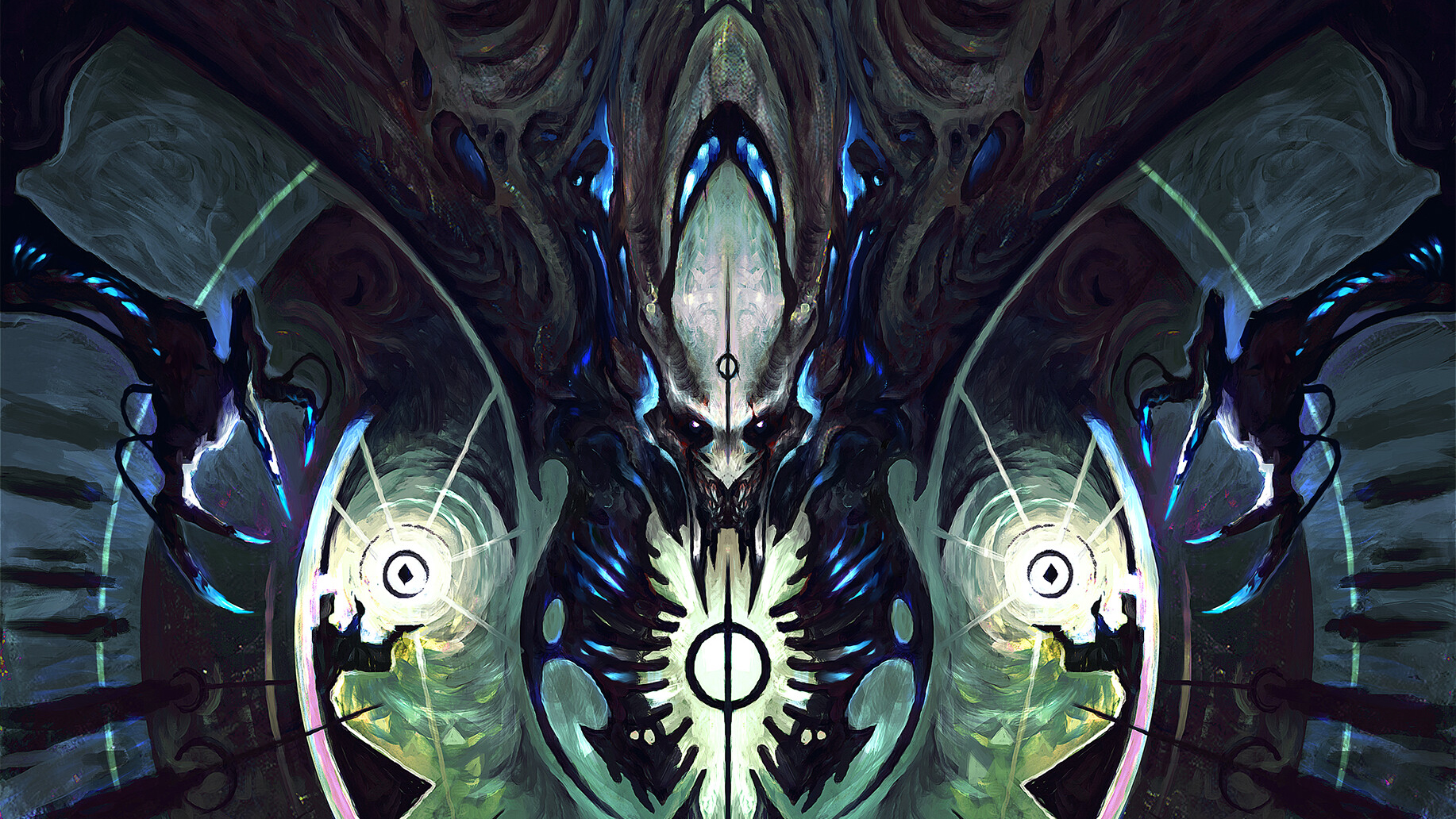
The Importance of Quality Opposition During Preparation
I ended up testing quite a bit for this event and the reasons were 1) that that the team I ended up on was an interesting, multi-generational mix of players that were quite active and engaged, and 2) the Standard format was just a much more interesting nut to crack than I anticipated before I dove in. On the team front, players like Sam Sherman, Allen Wu, and Julian Wellman (as well as someone’s cousin named Hunter) were the most active on the team and they just provided me with a consistent quality of opposition that was invaluable.
When you need to know how good your deck is against Mono White, for example, and the person piloting the deck doesn’t have a tuned list, isn’t mulliganning properly, spends the post-game discussion summarizing their mistakes that may have had an impact, etc., then you end up paying a big tax on the information you’re getting from the testing. If, instead, it’s just Sam Sherman torturing you in the matchup, you can conclude “alright, my mono-white plan needs some work” and get to fixing it, moving on, whatever you need to do.
When there are more people on the team putting in the work pursuing the top tier of decks (not just brews or just one single deck everyone likes), then you get that quality opposition in a range of matchups and can sharpen any sword you’re trying out.
Sources of Edge in the Metagame
In many formats, but especially a good Standard format, failure to pick the right deck often feels like (or is literally) “playing last week’s deck,” while picking a great deck feels either like “playing this week’s deck” or “playing next week’s deck.” More concretely, for this RC at Dreamhack San Diego, the week or two leading up to the tournament were characterized by a couple of shifts, such as from white decks playing field of ruin and other decks skimping on basics, to people no longer skimping on basics and most white decks no longer playing fields. Also, many Grixis midrange players were now Rakdos midrange players. Rakdos is much easier to exploit than Grixis given the lack of countermagic main or side. So certain cards and strategies that are better against Rakdos midrange than Grixis midrange (like Atraxa or Ao) rose in popularity, while cards that were better against Grixis than against Rakdos (specifically Transmogrant and Field of Ruin) became less popular.
Allen was pushing our team to play next week’s deck, Grixis Midrange with a game plan that people who expected Rakdos to be the RBx midrange deck wouldn’t be equipped to handle.
I wasn’t pursuing Grixis as much as Esper Legends, and I was trying to find a different source of edge – the transformational sideboard. I noticed that the slower decks had to have/bring in so much 1 for 1 removal against Esper that they just ended up passing the turn a lot and using removal to avoid wasting those turn cycles. I wanted to find a way to just pass the turn back, punish the opponent for their inaction, and potentially force them to be the “first mover” out of the draw-go stalemate. I first tried siding into 3 Memory Deluge 1 Wandering Emperor (in combination with 2 Ertai main so that even in open decklists you were never “Face up”), but turn 4 was not letting me punish those early passes with Go for the Throat up. So I tried 2, 3, then eventually 4 copies of Siphon Insight in my sideboard. I was playing between 2 and 3 Thalia during this time and was pretty lost in the sauce generally.
My results weren’t awful, but they weren’t compelling enough to demonstrate an advantage over regular Esper, which I thought was fine but nothing special.
One proper function of a team is to provide players the safety net they need to pursue alternative sources of edge. If I don’t have Allen and others working on their decks, then I either a) don’t get to work on Esper, or b) don’t have a great deck to jump into when I abandon my efforts elsewhere.
Our grixis decklist can be found here.
Sideboard guide here.
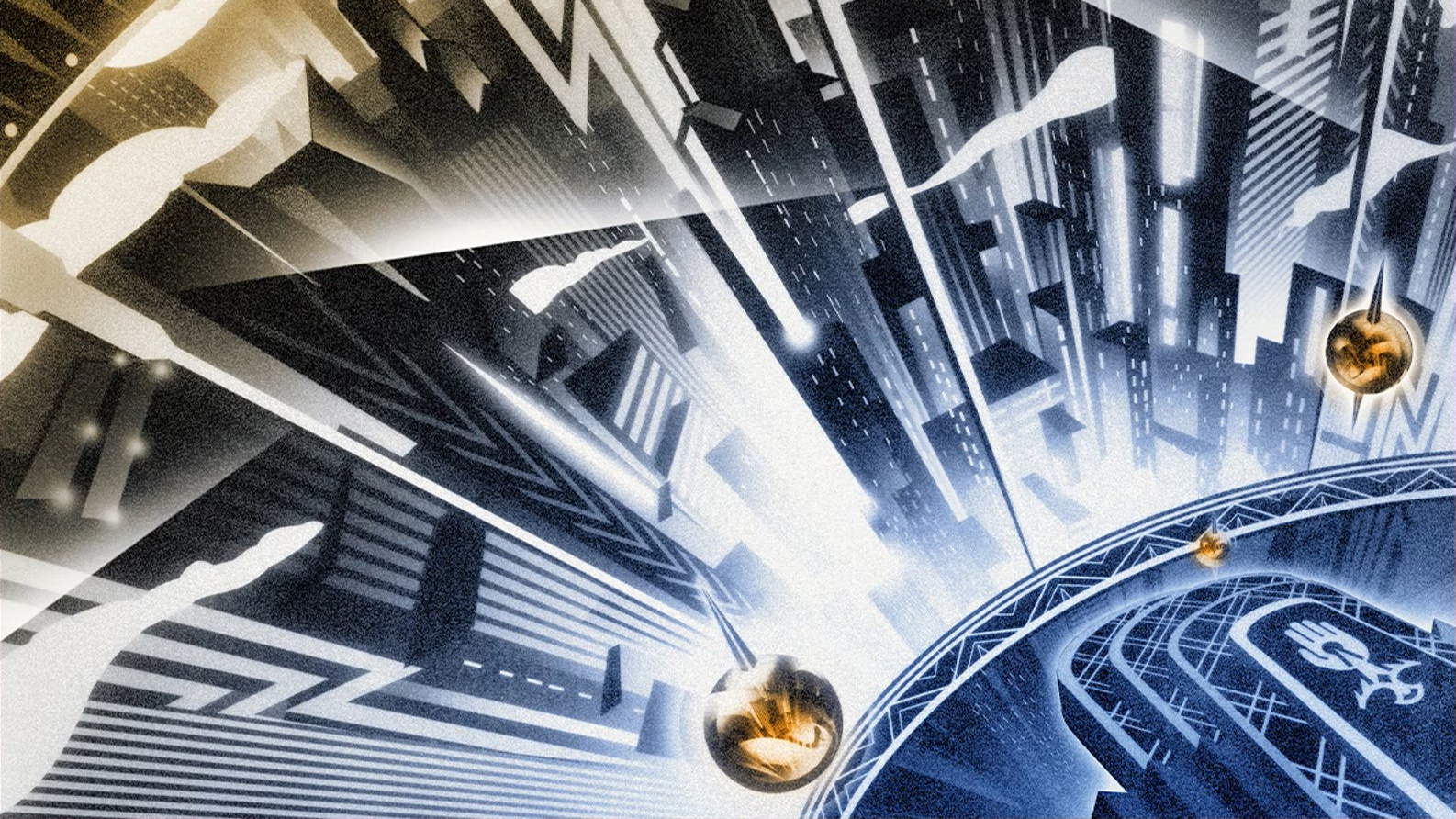
The Goal is to Win Games, not Arguments
At one point during testing, I got the sense that people had fairly entrenched views on a couple of topics such as whether Esper Legends should play any copies of Raffine’s Tower, whether it should have 2 basic lands, whether it should have 28 lands…. Ok, there were a lot of questions of this type just about the Esper Legends mana base it turned out. I decided that rather than revisit these topics over and over or try to impose consensus, I’d just move on and have my games with Esper involve a slightly different mana base than others’ did.
I think of testing as a group raid that “drops” information at different rates based on what you’re testing and how efficient your process is. You don’t need to resolve disagreements that don’t impede additional testing in a way that keeps dropping useful info. Similarly, if you can’t convince a player on your team to try out a particular deck or idea, try convincing them to play their favorite deck against it.
You’ll get more info faster when people are making claims and arguments, showing their reasoning, demonstrating things over the board, and discussing the metagame, but not trying to push and push past the objections and reservations held by others. I guess it’s partly a matter of diminishing returns on the number of times you make an argument. The first time you explain why you think Raffine’s Tower underperforms another dual land that comes in untapped at least some of the time, that’s potentially really valuable to someone who hadn’t considered it. The 5th time you explain it to try and push through their reservations about it, you’re probably in a spiral that just wastes time.
The Importance of being Numerate in Standings & Tiebreaker Math
Checking the standings going into the last round, I found myself out of contention for top 8, in contention for top 16, and locked for top 48 unless my standings and tiebreaker math was off. Almost everyone with my number of points drew the last round to lock up top 48, but I told my opponent I thought we would both top 48 even with a loss and so I didn’t see a compelling reason to draw and would rather play. My opponent, a much younger player than me I suspect, took that in stride and said he had no problem playing Magic even though he offered the draw.
Drawing wouldn’t have been a big deal in this spot. I’d be essentially walking away from a $1000 stakes match of Standard but the total player equity would be about the same ($1500 each for drawing). But I felt quite a bit better than 50% vs a player I didn’t recognize in this event, even one taken from the pool of 10-3 players, which contained many good matchups and some even ones.
So we played. I beat my opponent 2-0 and secured my spot in the top 16 and my $2500, but I still had something riding on my confidence level in my standings math. If my opponent missed top 48, then I’ve “dream crushed” him out of a Pro Tour and RC invite and will regret my decision, even though I didn’t do anything “wrong” under the rules by simply playing the match.
I checked for two names when standings were posted, my own and my opponent from round 15, and was pleased to see him finish comfortably within the top 48 despite nearly everyone else at our previous point total having drawn (which is the worst-case-scenario you have to plan around if potentially taking a loss in the final round). All is well and I’m up $1000.
cEDH Friday / Between-Rounds Recap
I brought 5 cEDH decks with me to the event and got some really fun games in with a mix of players new to cEDH and some that brought their own decks. Highlights included meeting and playing a game with an artist whose work I like who did the playmat for Punt City 2 (GoldSabertooth), introducing a player to cEDH by handing them RogSi and there being a sphere in play before their 1st turn and a Stony Silence in play before their 2nd turn, multiple Slicer vs. Jetmir staxed-everyone-else-out endgames (1 won by Jetmir, 1 won by Slicer), and starting and finishing a cEDH game in between rounds of the RC.
cEDH isn’t for everyone (my friend William didn’t care for it, and my friend Scott said he’d love to play EDH but the “c” was a dealbreaker). But I think I may have gotten some of the format’s appeal across to a player or two among the people who tried it. I had fun, either way.
Standard Going Forward
First of all, I think this Standard is in a great place despite there being some power-level outliers like Fable and underrepresented colors like Green. A reasonable set of goals might include not having major outliers or major color imbalances, but for me, there are even more important goals like the games being fun, decks feeling different even if they do share a couple of cards, micro and macro deck selection, and tuning choices matter, and things feel different week to week.
I wouldn’t hesitate to play Grixis again but I’d also be interested in seeing how Sam Black’s white deck (splashing red) evolves to utilize more of a 75 card game plan than a 60 card game plan (he admitted that the sideboard was not as tuned as the main), and just control strategies in general given the chance to adapt and predict are a key part of what keeps the format fresh.
If you haven’t played any Standard at all, I think Esper Legends is a great entry point. The deck has a reputation for being hard to play, but I think it’s quite easy to play at 80% efficacy even though it’s hard to capture that last 20% (due specifically to the card Raffine and the lands). A deck like Grixis is harder to play at 80% but may be easier to master. In any event, these decks are all fun and provide a great gameplan in my opinion.
Thanks for all the support that’s come in for my tournament runs and for my cEDH content. I appreciate it.




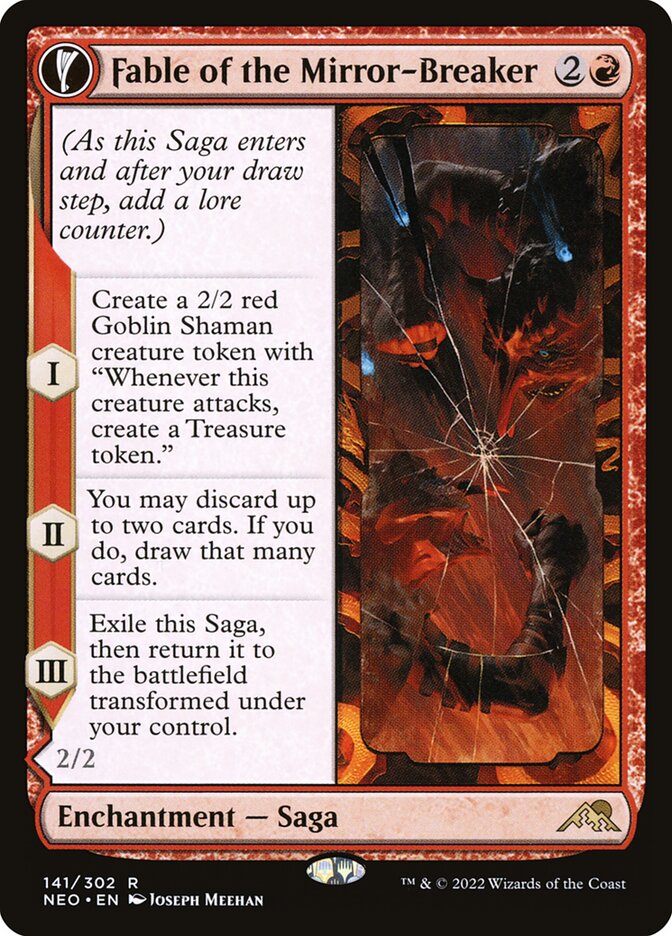


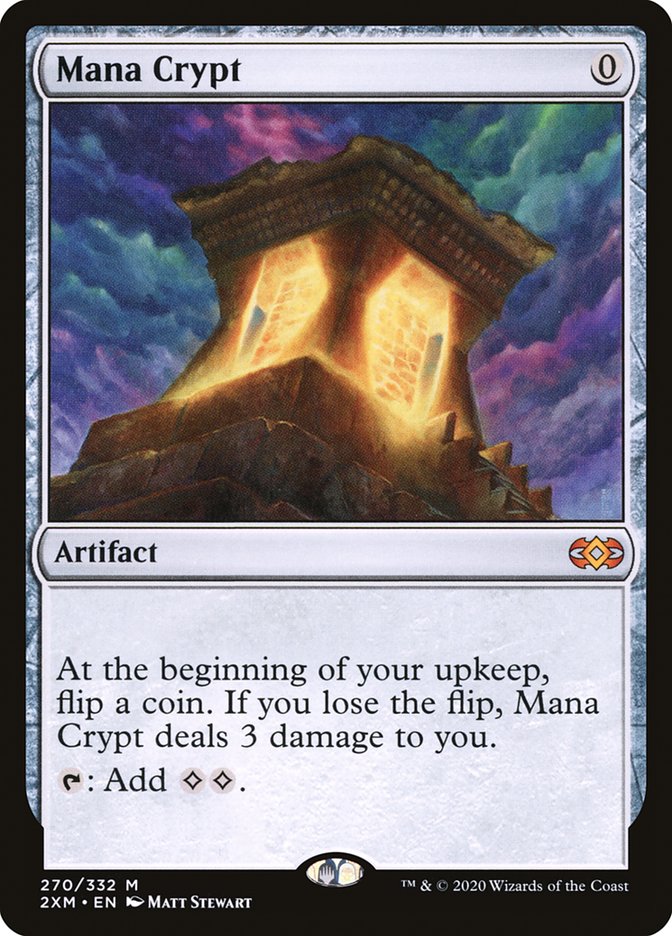
Comment
Join the conversation